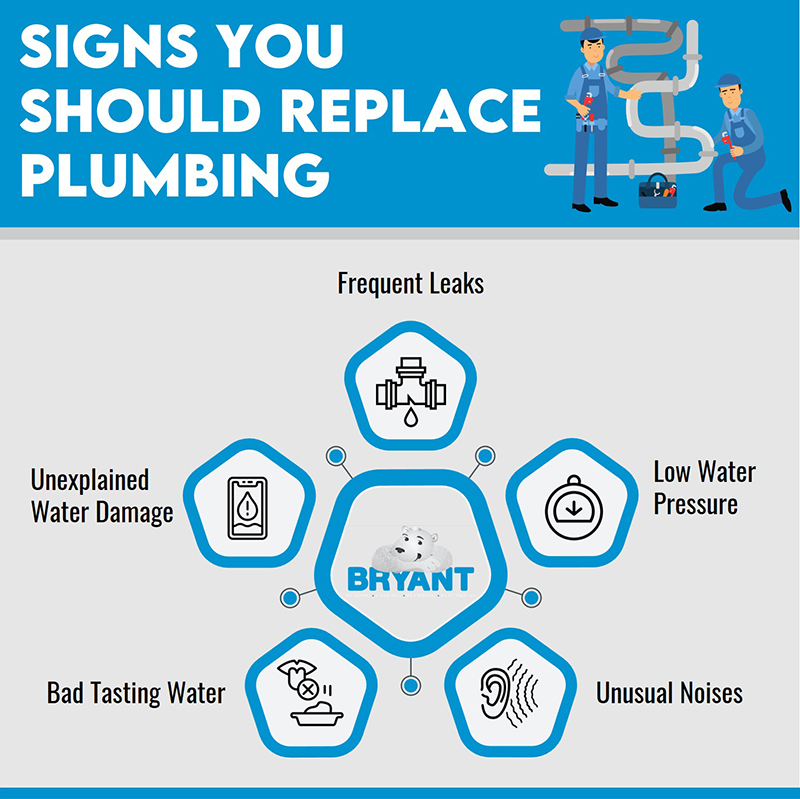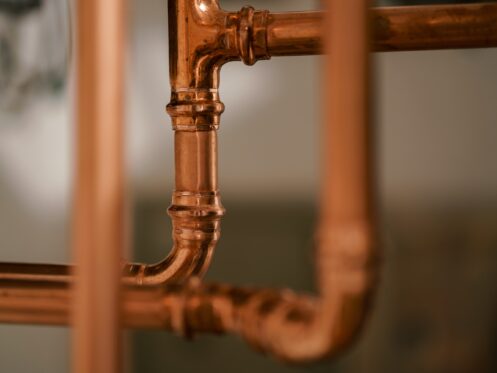Repiping is the process of upgrading or replacing your home’s plumbing system. It consists of a complete overhaul of your existing plumbing structure and network. Your home plumbing system has the crucial function of delivering safe water to rooms and removing wastewater from your household. With proper installation and maintenance, a structurally sound plumbing system can last for years with only routine inspections and occasional pipe repairs. But because any structure ultimately has a finite life span, it’s also important to know when to consider repiping your home.
Age or Life Span of Home Plumbing Pipes
The age of your pipes is one of the most important considerations when determining whether or not to repipe your plumbing system. Older plumbing systems may have undergone years of wear and tear that eventually necessitate a replacement. An older plumbing network also has a greater probability of rust, corrosion, or clogs that can weaken its structure. In addition, the rate of aging also depends on the type of piping material.
The average life spans of the common piping materials include the following:
- Galvanized steel pipes: 20-50 years
- Brass pipes: 40-70 years
- Copper pipes: 50+ years
- Cast iron pipes: 75-100 years
- Plastic pipes: Indefinitely (under optimal conditions)
If you live in an older home and your pipes have reached or exceeded their estimated life span, it’s time to look into whole-home repiping. Even if your pipes have not surpassed their normal life expectancy, several external factors can shorten the plumbing system’s useful life. For example, inconsistent maintenance or over-exposure to minerals and hard water can accelerate the process of corrosion. Plumbing systems that have sustained exposure to harsh conditions may need repiping sooner than would otherwise be typical.
Replacement of Outdated Plumbing Pipes
It’s also important to consider repiping if your plumbing system has an outdated or old-fashioned construction. As technology has become more advanced, researchers have discovered that some traditional plumbing systems pose significant health and safety risks to families. Experts recommend replacing these conventional materials completely. Outdated plumbing systems include pipes made of lead, polybutylene, or galvanized steel.
Lead Pipes
Lead plumbing was a popular choice for houses built in the early 20th century. Unfortunately, this metal can leach into drinking water and cause lead poisoning. Toxic exposure to lead can affect the brain and central nervous system. If you live in an older home with lead plumbing, repiping should be your top priority.
Polybutylene Pipes
Polybutylene was a common piping material from the early 1970s to the 1990s. However, researchers later found this resin susceptible to fracturing and damage. This means your polybutylene may require repairs more often than normal, and the weak structure can ultimately lead to plumbing failure. If you live in a house that’s close to 40 years old and has polybutylene plumbing, consider upgrading to modernize your system.
Galvanized Steel Pipes
Galvanized steel pipes soared in popularity as a repurposed use for the metal following World War II. Usage remained widespread throughout the 1960s. When exposed to constant water, steel is highly prone to corrosion and rust, which can result in plumbing degradation and leaks. Galvanized steel coated in zinc can also release lead and other contaminants into water. Repiping is necessary to remove potential safety hazards and bring this type of plumbing system into the 21st century.
If you need to replace lead, polybutylene, or steel pipes, your plumbing professional can help you choose from a range of repiping materials. Copper is a durable material that’s naturally resistant to rust and bacteria. Polyvinyl chloride pipes (PVC) are made of a sturdy plastic polymer that doesn’t corrode. With proper maintenance, they can last indefinitely. Chlorinated polyvinyl chloride pipes (CPVC) offer the same benefits as PVC pipes but provide even better compatibility with hot water or extreme temperature changes.
Signs You Should Replace Plumbing Pipes
Regardless of the plumbing material, there are several other signs that you should consider repiping your home. These signs include frequent leaks, low water pressure, discolored water, or unexplained damage to nearby areas of the home.
Frequent Leaks
Low Water Pressure
Unexplained low water pressure is a telltale sign of clogged or corroded pipes. Over time, sediment buildup or corrosion can narrow pipes until they become obstructed completely. This is a common defect among old galvanized steel pipes. The resulting low water pressure can impact everything from showering to washing dishes. Once mineral buildup or corrosion has hardened to the point of altering water pressure, the overall plumbing degradation is bad enough that repiping is the most logical solution.

Unusual Noises
A healthy plumbing system is relatively quiet. If you hear banging, creaking, or whistling sounds from your pipes, you could have a deteriorating plumbing system on your hands. These sounds occur when water flows over restricted or uneven pipe surfaces. Loose fittings and poor water pressure can also cause strange noises. A plumber can troubleshoot the issue to determine whether repiping is necessary.
Foul-Smelling or Bad Tasting Water
Unpleasant tastes or smells in water may indicate contamination from deteriorating pipes. Sources such as metal corrosion, sediment, or decaying organic material can all alter the taste or smell of water. While some solutions, like water filtration or purification, may address these issues, you should ensure the safety of your potable water by correcting the cause of ongoing taste or odor problems.
Discolored Water
The ideal plumbing system provides crystal-clear water with each use. Water that comes out reddish brown, yellowish, or rust-colored is usually a good indication of the condition of the pipes. This often means that corrosion has built up enough to release rust particles into the water. Not only is the consumption of rusty water unpleasant and potentially unsafe, but the color can also stain fixtures, clothing, and dishes. Repiping is a viable solution to fix discolored water throughout the house.
Unexplained Water Stains or Damage
If you notice unexplained water stains on ceilings, walls, or floors, you may have hidden pipe leaks in your system. Usually obscured behind walls or floors, these leaks can gradually cause extensive damage over time. Constant damage can weaken structural elements like wooden beams or drywall, and overexposure to moisture may foster the growth of mold. Water stains throughout the house are also an indication that you should look into repiping services.
Competent Professionals at Your Disposal
Scheduling repiping is an effective solution for a plumbing system that needs more than a few tweaks or repairs. Repiping can improve the flow and functionality of your plumbing, ensure great water quality, and enhance your home’s overall property value. Bryant Heating, Cooling, Plumbing & Electric provides repiping services for homes in Kentucky, Indiana, and Ohio. We serve Louisville, Lexington, Cincinnati, Evansville, Bowling Green, and the surrounding areas.
Besides pipe replacement, we provide other expert plumbing services, such as drain cleaning, sewer services, or sump pump repair. In addition, we offer a full line of HVAC and electrical services. Regardless of the issue, we can help. Contact Bryant Heating, Cooling, Plumbing & Electric today for all your plumbing, HVAC, or electrical needs.



